Best One on the Planet’s sweet spot may well be cars that sold in decent numbers, and at one time, seemed like they were everywhere, until they weren’t. For many of the judges and jurors, it’s far more interesting to see an incredible example of a once common car with a survivorship rate of .00037% than it is to see your average Lamborgotti Fasterossa or any other supercar/hypercar. In the site’s relatively short existence, we’ve uncovered a few cars that may be among a handful of well-preserved examples of their type. They’re the charter members of our Automotive Endangered Species List, (plus one we think is actually extinct). For the latter, we’re offering a free two-piece set of Cocomats to the first person who sends us compelling proof-of-life of a running and registered example of our own ivory-billed woodpecker, the Ford Aspire.
1976-1983 Renault Le Car
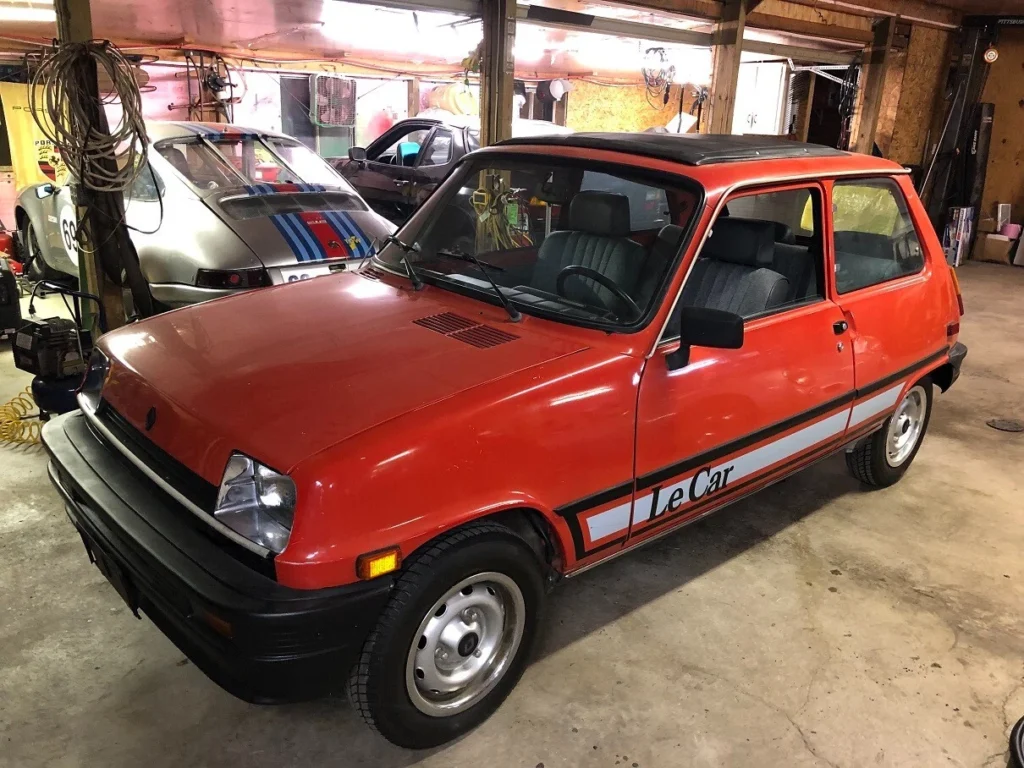
The Renault 5 was the company’s entry-level hatchback offering from 1972 to 1996 and was the best-selling car in France for most of the 1970s. It also achieved some racing success, and there was even a high-performance variant called the R5 Turbo, which was (very roughly) based on the platform. It was marketed in the United States as the “Le Car,” playing on its French heritage, in a move that probably made questionable marketing sense. from 1976 to 1983. However, sales success in the US was limited even after an alliance with American Motors expanded the brand’s dealer network substantially. Although the Renault 5 is having a moment in the EU with an EV revival, and examples of the original Cinq are still relatively common in Europe, the U.S. version, the Le Car, is on the verge of extinction. Other than this example that popped up on eBay recently, no Best One juror can recall seeing one outside of a barely alive one at Concours d’Lemons a few years back. Let’s call it ENDANGERED.
1983-1989 Isuzu Impulse
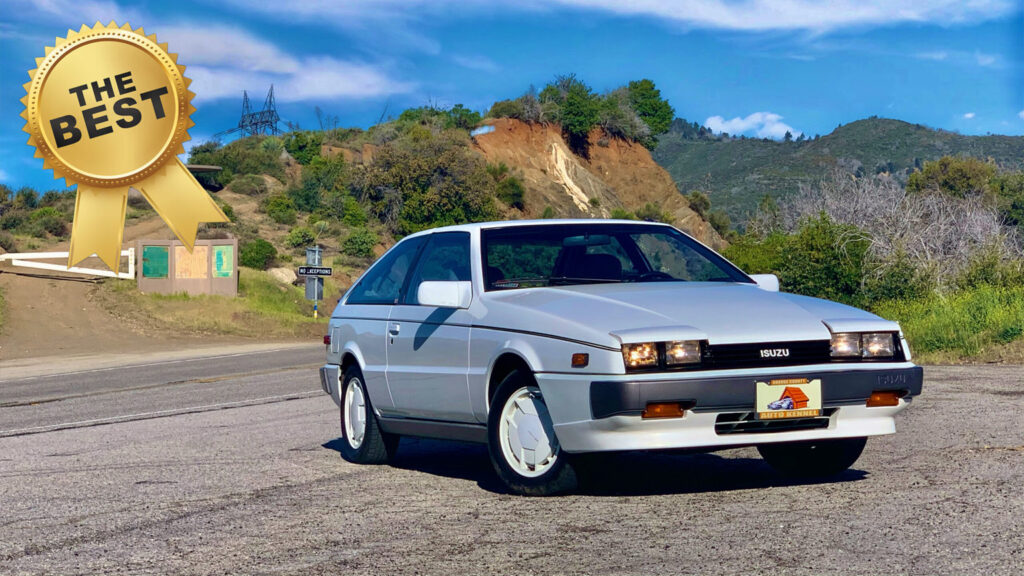
Named the “Piazza” everywhere but the U.S. where marketers smartly predicted that Americans would confuse the name with “pizza,” the car was designed by the legendary Giorgetto Giugiaro at Italdesign, it was initially shown to the public at the 1979 Tokyo Motor Show and was called the “Ace of Clubs.” Giugiaro had designed the MK 1 Scirocco, and many rumors suggested he had also designed the MK 2 Scirocco. However, a major disagreement between Volkswagen Group and Italdesign ended their partnership for good. In a fit of Ford v. Ferrari-style spite, Giugiaro focused on getting his “Ace of Clubs” design to production before VW. He beat them by 1 year. The Impulse was launched in late 1979 as a 1980 model.
Giugiaro’s design was what Isuzu’s new partner, General Motors, was looking for–cheap and stylish yet mediocre. Based on the T-Car architecture platform that underpinned the Chevrolet Chevette, the looks of the Impulse wrote checks that the chassis couldn’t cash. It was the pattern repeated by the Fiero a few years later. Both took the talents of Lotus to sort out. The vast majority of people younger than Gen-X have never seen an Impulse either in the wild or in photos. The one we featured here may well be the only one in this incredible state of preservation anywhere. And since we don’t know of a breeding pair, we’ll call the Impulse CRITICALLY ENDANGERED.
1976-1978 Mazda RX-5 Cosmo Coupe
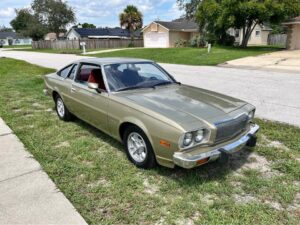
Mazda gained fame in the U.S. by being the first manufacturer to offer a truly reliable rotary (Wankel) engine. While nominally of small displacement (under two liters), and compact in weight and dimensions, the rotary offered near V8-like performance, with slightly better fuel economy. It seemed natural then to offer the new powerplant in a luxury coupe that would appeal to the U.S. market. And that’s exactly what the Cosmo looked like, a shrinky dinkified American luxobarge, complete with fake wood, crushed velour seats, quad headlights, shiny waterfall grille and big chrome bumpers. The problem was, American coupe buyers of the day wanted their American coupes to be, well, ‘Murican and powered by eight reciprocating pistons, not the funny, rounded triangle thingy at the heart of the Cosmos’s 13B rotary. Mazda’s big coupe was replaced after just three model years by the red-hot RX-7 sports car. Never a big seller in the U.S., Chief Judge Dave Kinney is the only Best One on the Planet Judge with an actual recollection of Mazda’s big coupe, so we’re calling it FUNCTIONALLY EXTINCT.
1972-1980 Chevrolet LUV
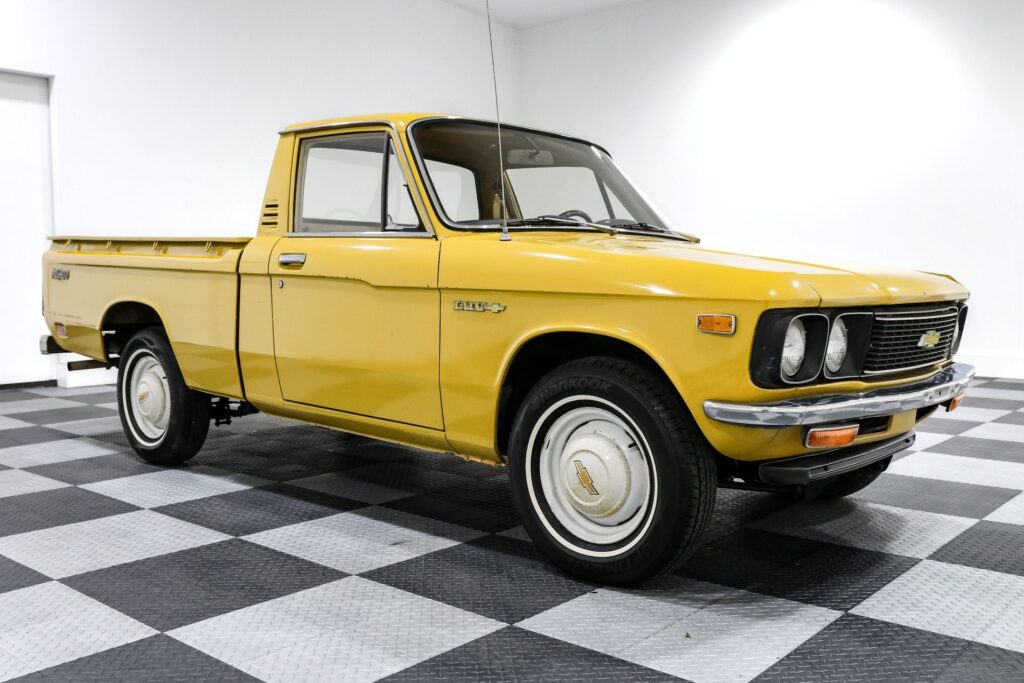
At the vanguard of the compact pickup craze, the Chevy LUV was a captive import, built in Japan by Isuzu and sold at Chevy dealers to compete with offerings from Toyota and Datsun (Nissan). LUV stood for “Light Utility Vehicle” as if they were fooling anyone–this was a compact pickup subject to the infamous “chicken tax.” Importation ended with the introduction of the domestic S-10. It’s also an incredible reminder of what basic cars and trucks were like back in the 1970s. No air conditioning, manual windows, and look at those simple exterior latches for the tailgate. This was utility at its most basic. Yet, economical and reliable transportation was what consumers wanted in the days of OPEC’s dominance over US fuel prices. Frankly, this would likely suit the needs of 95% of the folks going to Home Depot today in their 2.5-ton pickups with beds so high they require built-in ladders. Just saying, there is a certain charm to this. Every now and then, we see a LUV street parked in Southern California (although none this nice), doing what they’ve been doing for the last half century. So, we’ll call the Chevy LUV THREATENED.
1978-1982 Audi 5000
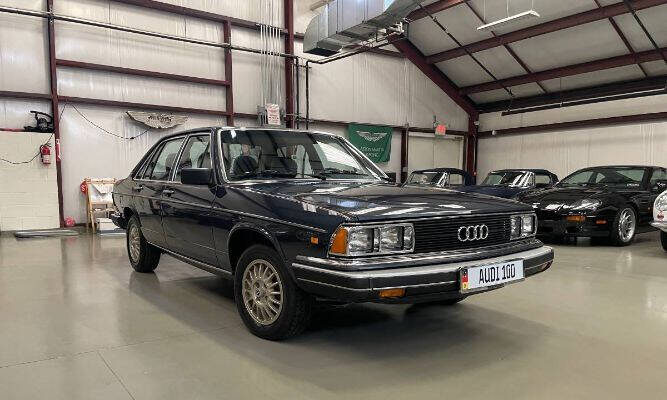
A first-generation Audi 5000 of any spec is incredibly rare in the U.S., having done a disappearing act similar to its not-very-good, (and possibly extinct), predecessor, the Audi 100 LS. Technically, the 5000 was the second generation of the Audi 100, but it was renamed the 5000 for the U.S. because of the less-than-enviable reputation of the 100 LS. These boxy sedans sold in large numbers as a more popularly-priced alternative to BMW and Mercedes-Benz. Their FWD and later Quattro AWD also proved more useful in cold climates. Clearly, however, they weren’t built like a Benz because first-gen 5000s are exceedingly rare sights. CRITICALLY ENDANGERED to be exact.
1993-1997 Ford Aspire
The Aspire replaced the Ford Festiva as Ford’s absolute entry-level offering. Like its predecessor, the equally dreadful and now-disappeared Festiva, it was developed as a joint venture between Ford and Kia. Exactly who the aspirational audience for the 63-horsepower Aspire was, it’s difficult to say. Certainly, few people in the First World aspired to own one. At any rate, nobody here has seen a Ford Aspire in the current century other than juror Rob Sass’s dim recollection of one delivering pizza in Tigard, Oregon some time around 2006. Unless or until someone submits one to us, it might as well be an Ivory-Billed Woodpecker. We say, it is now part of the automotive fossil record; it rests in peace. It has ceased to be. It is EXTINCT. That is, unless or until someone submits a compelling proof-of-life photo of a registered, road-worthy Aspire. The first person to do so gets a free two-piece set of Cocomats, the best floor mats on the planet.



All excellent picks. If I think back to the last time I saw ANY of these cars on the road, the answer is decades ago.